EMCrit 335 – APRV TCAV for Lung Rescue Made Simple with Rory Spiegel
EMCrit Project
OCTOBER 21, 2022
Every Resus doc should be able to crash a patient on to APRV for lung rescue. EMCrit Project by Scott Weingart, MD FCCM.
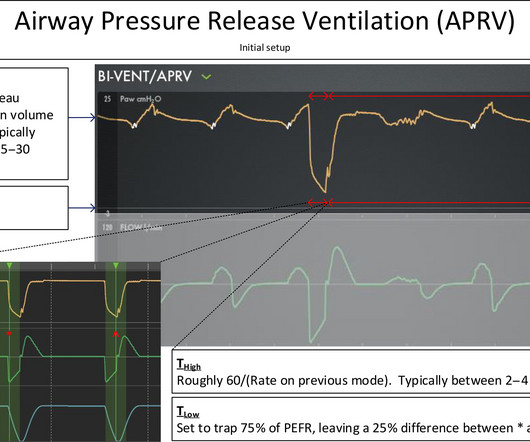
EMCrit Project
OCTOBER 21, 2022
Every Resus doc should be able to crash a patient on to APRV for lung rescue. EMCrit Project by Scott Weingart, MD FCCM.
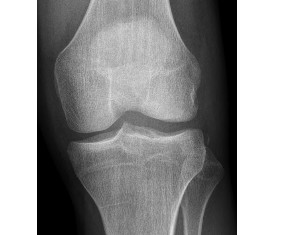
EMergucate
OCTOBER 18, 2022
The following knee x-ray is from a patient who has fallen from a height. What can be seen?
This site is protected by reCAPTCHA and the Google Privacy Policy and Terms of Service apply.
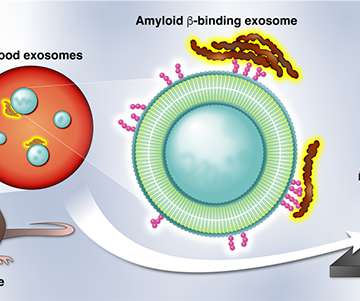
Medgadget
OCTOBER 19, 2022
Researchers at Hokkaido University in Japan have developed a biomarker test for Alzheimer’s disease that detects amyloid ? binding exosomes in a blood sample. While amyloid ? plaques in the brain are characteristic of Alzheimer’s, these researchers have previously reported that amyloid ? build-up in the brain is associated with an increase in amyloid ?

Critical Care Scenarios
OCTOBER 19, 2022
Understanding the various needles in your central line kit, how to get really, really good at ultrasound guidance, what to do when your view stinks, and more needle-related tips. Understanding the various needles in your central line kit, how to get really, really good at ultrasound guidance, what to do when your view stinks, and more needle-related tips.
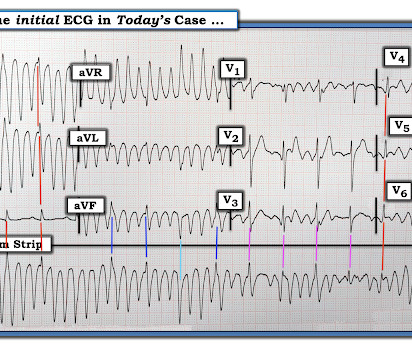
Dr. Smith's ECG Blog
OCTOBER 21, 2022
Submitted by Dr. Arjun J V in India, An elderly patient presented to the ED with multiple complaints. An ECG was recorded in triage: What do you think? Classic for those who have seen it before. The ECG shows a regular narrow complex rhythm which is difficult to see amongst the very severe high voltage artifact which is occurring with a frequency of approximately 300 cycles per minute.
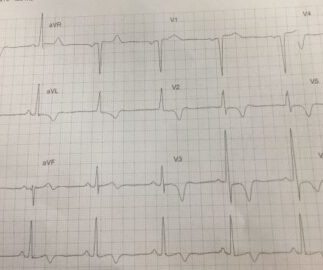
EMergucate
OCTOBER 17, 2022
A 58 year old male presents to ED complaining of a headache and weakness to his left side.
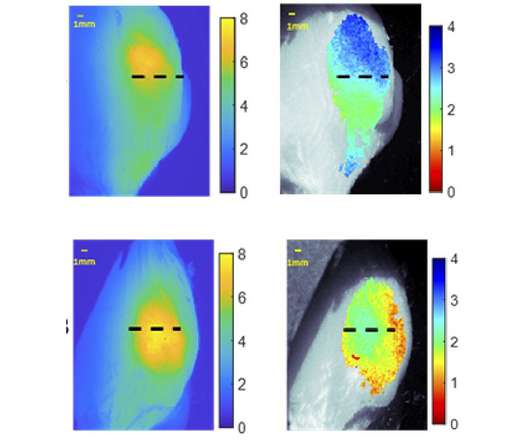
Medgadget
OCTOBER 17, 2022
Medical researchers at Washington University School of Medicine in St. Louis have developed a fluorescence imaging technique that allows them to illuminate a tumor in situ and calculate its depth below the surface of the body. The technique could assist surgeons in accurately removing a tumor and successfully excising an appropriate margin of healthy tissue to reduce the chances of tumor recurrence.
Paramedicine Now brings together the best content for paramedicine professionals from the widest variety of thought leaders.

Dr. Smith's ECG Blog
OCTOBER 19, 2022
Thanks to our Electrophysiologists Omar Iqbal and Rehan Karim for the below strips and the explanations I will be giving on this post. A patient had 3rd degree AV block in the ED. A transvenous pacer was placed in the Emergency Department by the emergency physicians. Capture was obtained and a 12-lead ECG was recorded: What do you see here and what complication can occur?
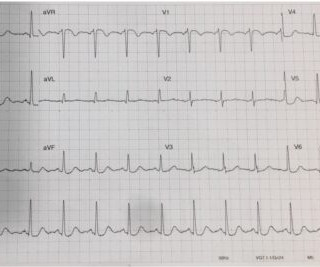
EMergucate
OCTOBER 17, 2022
A 72 year old female presents with a 5 week history of atypical chest pain.
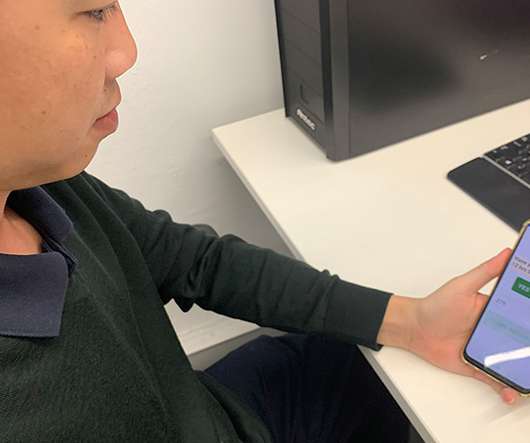
Medgadget
OCTOBER 17, 2022
Researchers at RMIT University in Melbourne, Australia, have developed an app that is intended to provide early diagnosis for Parkinson’s disease and severe COVID-19. The artificial intelligence-powered technology works by analyzing voice recordings, having previously been trained to recognize the vocal hallmarks of these diseases by listening to recordings of patients.

Clinical Correlations
OCTOBER 19, 2022
By Michael Papazian Peer Reviewed Let’s start with a case. Mr. B is a 67-year-old male with a history of hypertension, type 2 diabetes, and coronary artery disease. As his primary care physician, you.

REBEL EM
OCTOBER 19, 2022
Take Home Points Severe hypocalcemia can cause hypotension and QTc prolongation leading to Torsades de Pointes. Treat moderate to severe symptoms and any EKG changes with IV calcium salts Always search for and treat the underlying cause of hypocalcemia REBEL Core Cast 88.0 – Hypocalcemia Click here for Direct Download of the Podcast Definition: A serum calcium level < 8.5 mg/dL or an ionized calcium level < 2.0 mEq/L Background Exists in two states Free ionized form (approx.

EMergucate
OCTOBER 18, 2022
50-year-old man presented to the emergency department after syncopal episode. His venous blood gases showed the following: PH = 7.
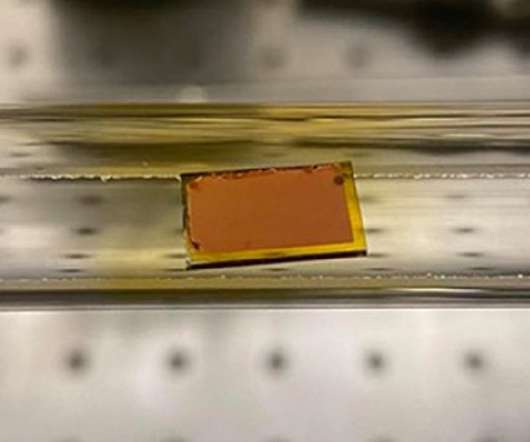
Medgadget
OCTOBER 20, 2022
Researchers at Caltech came up with a technique to coat flexible electronic circuits with graphene to enhance their durability on folding, as well as to improve their resistance to sweat (in the case of graphene-coated gold) and their conductivity. The method could enhance the flexible electronics that are employed in many medical wearables. The approach avoids the need for high temperatures and harsh chemicals that are typically used to grow graphene sheets, making it suitable for use with deli
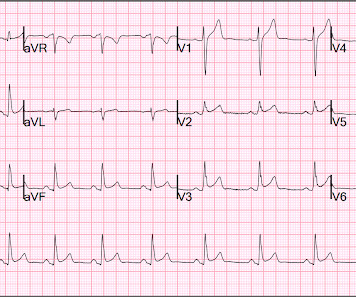
Dr. Smith's ECG Blog
OCTOBER 17, 2022
This ECG has ST Elevation in multiple leads. Is it normal STE? Or is it ischemic STE? What do you think? This ECG is interesting because it mimics TQRSD. There are no S-waves in V2 and V3. BUT look at the very prominent J-waves (J point notching)!! It is several mm high! This is a normal ECG. This patient had CO poisoning but did not have myocardial injury or OMI.

The EMS Educator
OCTOBER 20, 2022
It's Recert season! The NREMT has permanently removed limits on distributive education for recertification. What does “distributive education” mean and how does this change impact clinicians and educators alike? Join us as we discuss how to use education to cultivate curiosity in our learners, support lifelong learning and improve equity. Some educational delivery models are better suited than others to meet learning objectives: what are they?

EMergucate
OCTOBER 17, 2022
Answers: Question 1: PH = 7.49 (> 7.45) so we have alkalaemia HCO3 = 41 (> 24) so we have metabolic alkalosis. Next we look at compensation, Expected PCO2 for metabolic alkalosis = 0.
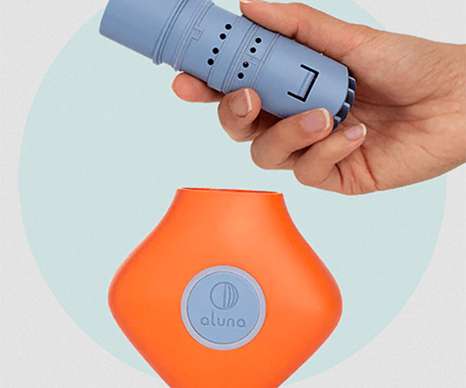
Medgadget
OCTOBER 17, 2022
The COVID-19 pandemic has put lung health firmly in our minds. For those with chronic lung diseases, such as asthma and COPD, an important way to keep track of lung health is to use a spirometer to measure how well air can move in and out of the lungs during forced breathing. However, patients would typically attend with a lung specialist to perform this test.

Dr. Smith's ECG Blog
OCTOBER 15, 2022
Pendell (Pendell Meyers, of course), with a little help from Smith, coined a new LAD Occlusion pattern "Precordial Swirl," in which there is rightward STE vector, with STE in V1 and aVR, with reciprocal STD in V5 and V6. It is due to transmural ischemia not only of the anterior wall and apex, but due to transmural ischemia of the septum, usually due to occlusion proximal to the first septal perforator.

EM Literature of Note
OCTOBER 20, 2022
Spring is here down in this nuclear-free hemisphere. This blog is still effectively in stasis – but the productivity continues elsewhere! Don’t forget the Annals of Emergency Medicine Podcast , a lighthearted feel-good romantic comedy with Rory Spiegel, available for free on your choice of streaming platforms: Apple Podcasts Google Podcasts Soundcloud Bimonthly #FOAMed in ACEPNow : Updates from the 2022 International Stroke Conference A skeptical look at new tools for diagnosing sepsis An

Emergency Medicine Education
OCTOBER 19, 2022
Based on this European study that involved colleagues from France, Italy, Switzerland included 2164 patients, 69% needed emergency hemorrhage control, 6 % received prehospital PRBC transfusion, 25% had massive transfusion. They concluded that “early norepinephrine infusion was not associated with 24-hour or in-hospital mortality among patients with blunt trauma and hemorrhagic shock.
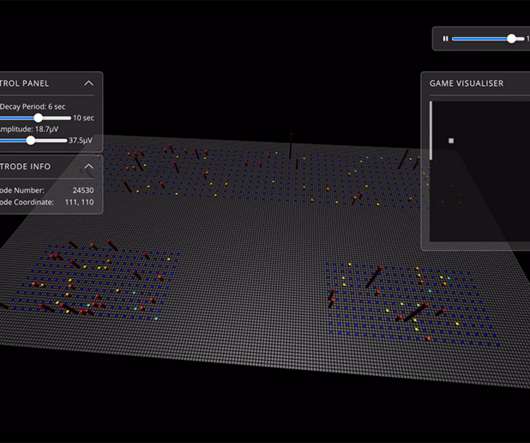
Medgadget
OCTOBER 20, 2022
Scientists at Cortical Labs in Melbourne, Australia, along with international collaborators, have developed “DishBrain”, which is essentially a collection of neurons in a dish that have demonstrated learning and, incredibly, can play the classic computer game Pong. The findings could create exciting new opportunities to understand the human brain, model neurological diseases, and test the effects of medications on the brain more easily.

Emergency Medicine Ireland
OCTOBER 17, 2022
Welcome back to the tasty morsels of critical care podcast. This time we look at Oh Chapter 52, focused on cerebral protection. There is, I must admit some repetition and cross over here, particularly with tasty morsels 20 and 39 respectively which cover more with regards to TBI. But in all honesty a little repetition is often very helpful for such subjects.

The Skeptics' Guide to EM
OCTOBER 15, 2022
Date: October 5th, 2022 Reference: Top Gun 1986 Guest Skeptic: Dr. Chris Carpenter is Professor of Emergency Medicine in the Department of Emergency Medicine at Washington University in St. Louis and co-wrote the book on “Evidence-Based Emergency Care: Diagnostic Testing and Clinical Decision Rules”. Chris will be moving to Rochester, Minnesota soon to become the Vice Chair of […] The post SGEM Xtra: Lead Me On – What I Learned from Top Gun first appeared on The Skeptics Guide to Emergency Medi
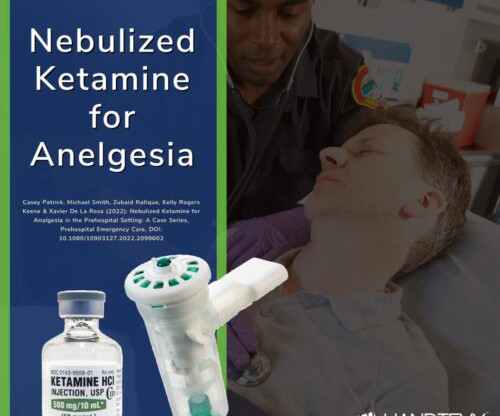
Handtevy
OCTOBER 20, 2022
IV, IM, and Intranasal Ketamine for analgesia have become common in many EMS systems. But what about NEBULIZED Ketamine? A study titled “Nebulized Ketamine for Analgesia in the Prehospital Setting: A Case Series” was published in Prehospital Emergency Care. The study, conducted by Casey Patrick, Michael Smith, Zubaid Rafique, Kelly Rogers Keene, and Xavier De La Rosa, explores the use of nebulized ketamine for pain management in an urban, ground-based emergency medical services (EMS)

Emergency Medicine Ireland
OCTOBER 17, 2022
Welcome back to the tasty morsels of critical care podcast. The subject of solid tumours in the ICU gets a whole chapter in Oh’s hallowed pages, number 46. I suppose the term solid is in place to distinguish it from the “liquid” tumours of the bone marrow and domain of the haematologists, something we covered in tasty morsel number 58 Historically the idea of admitting people to the ICU with malignancy was somewhat unusual and the idea of admitting someone with some degree of m
Let's personalize your content